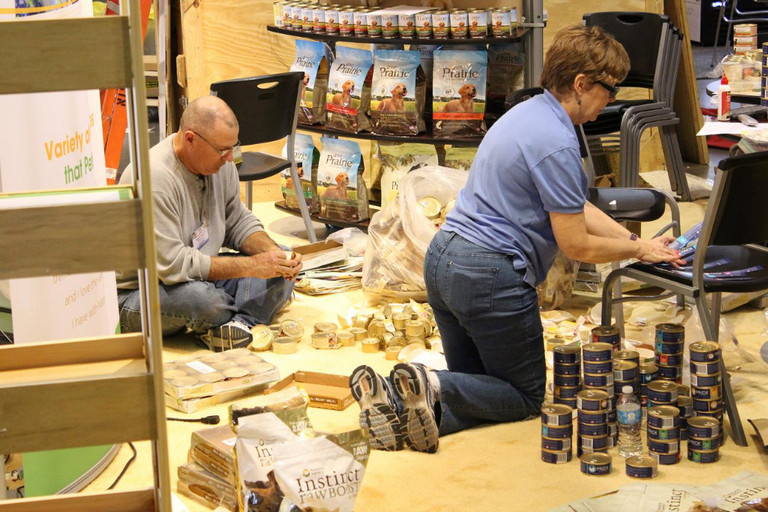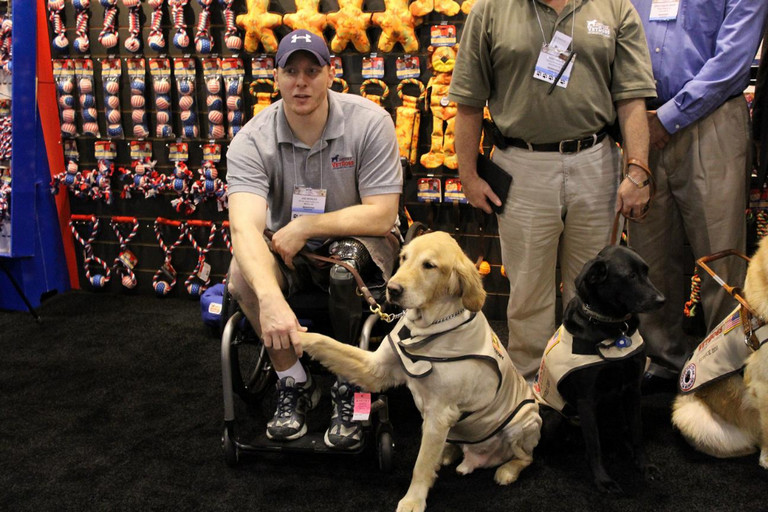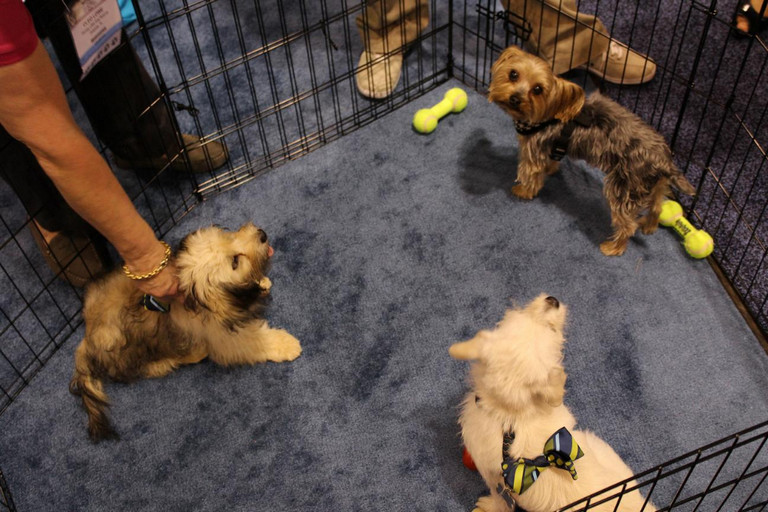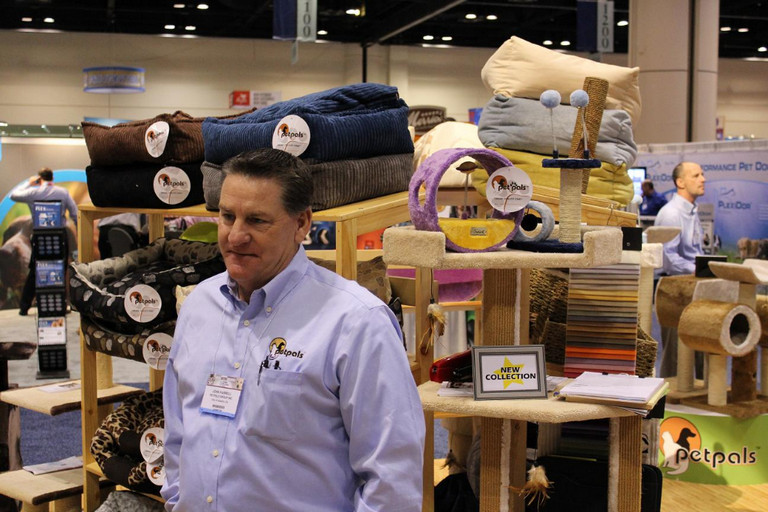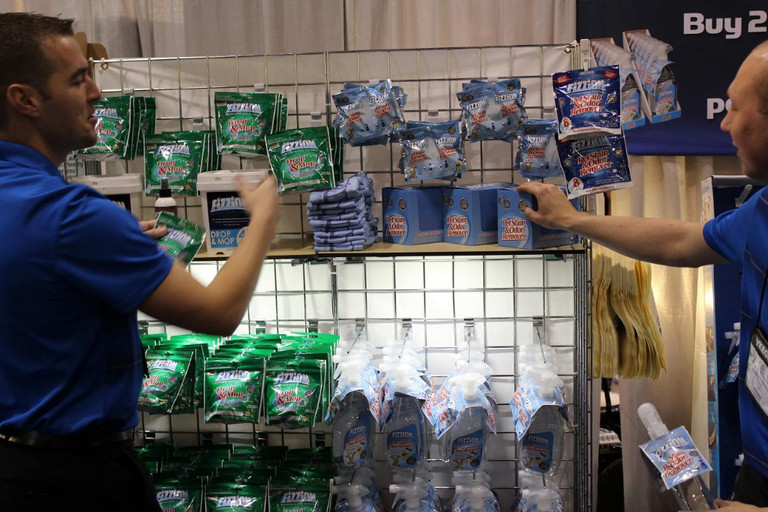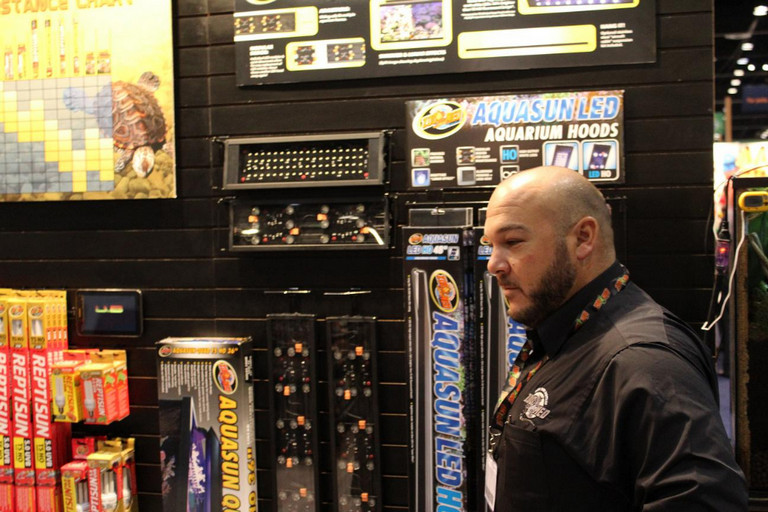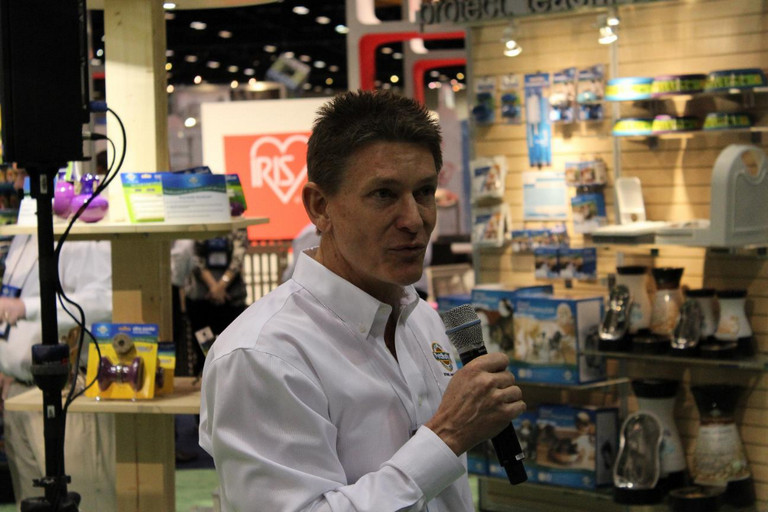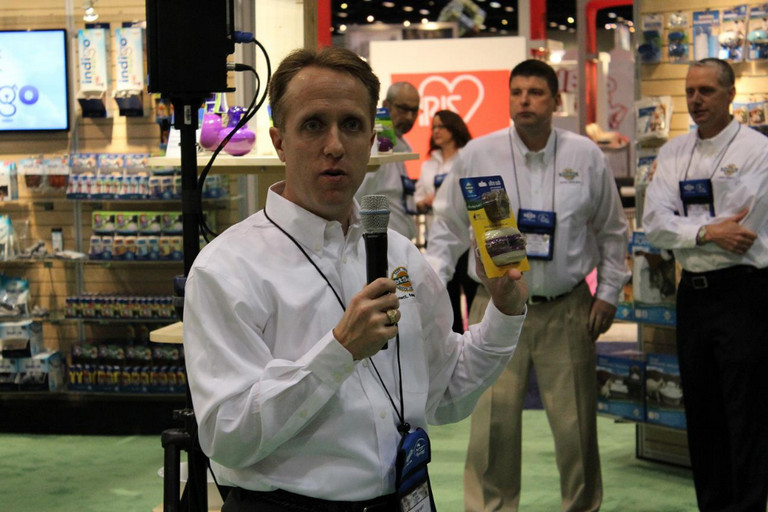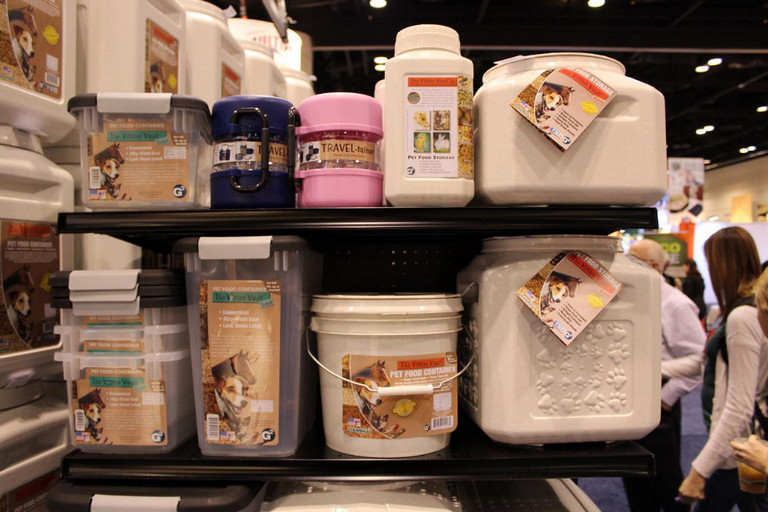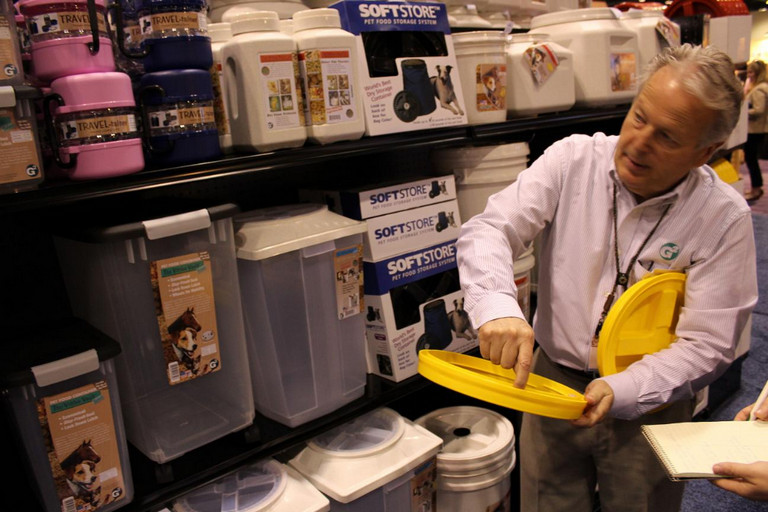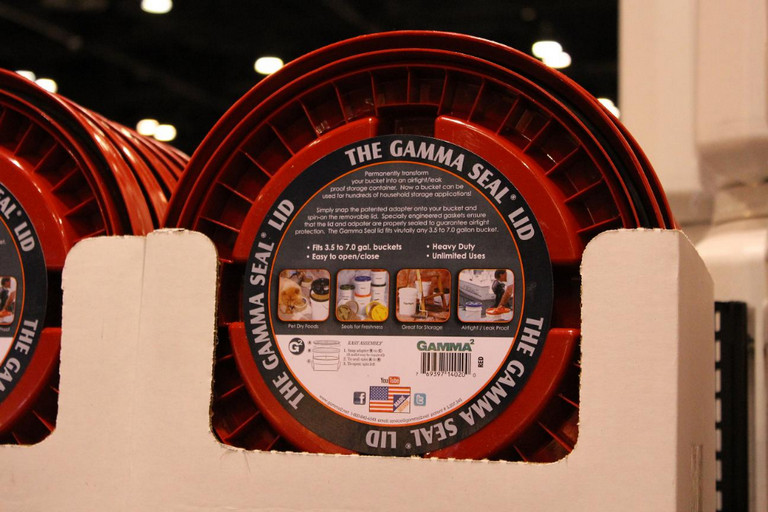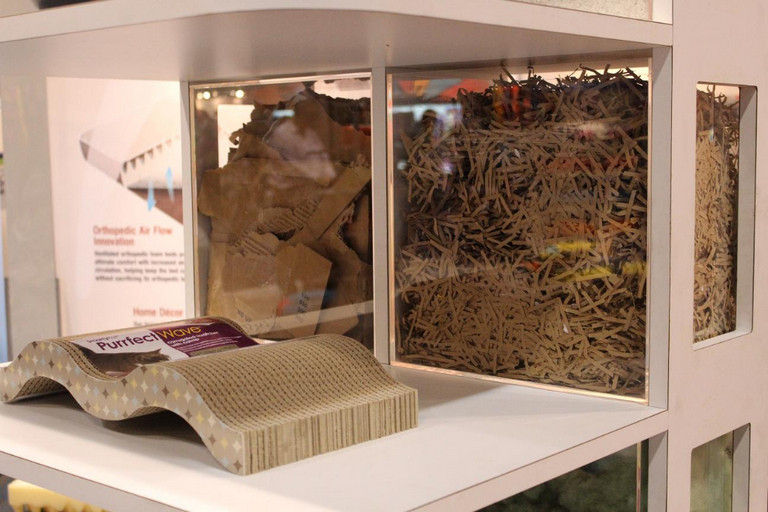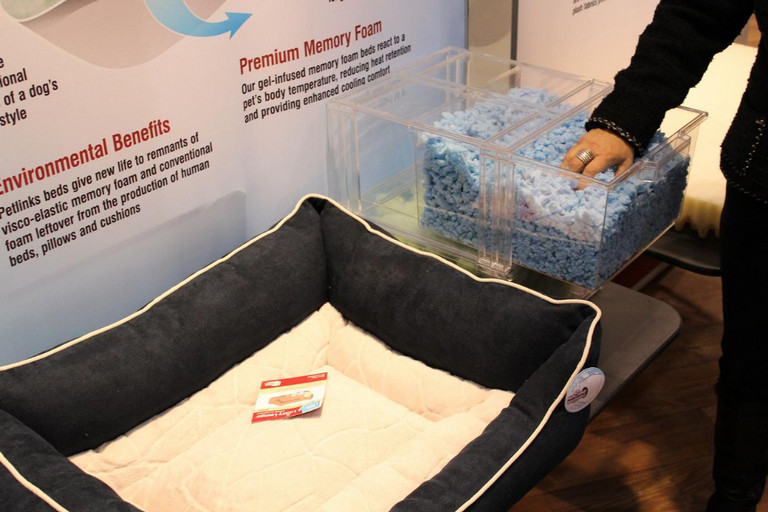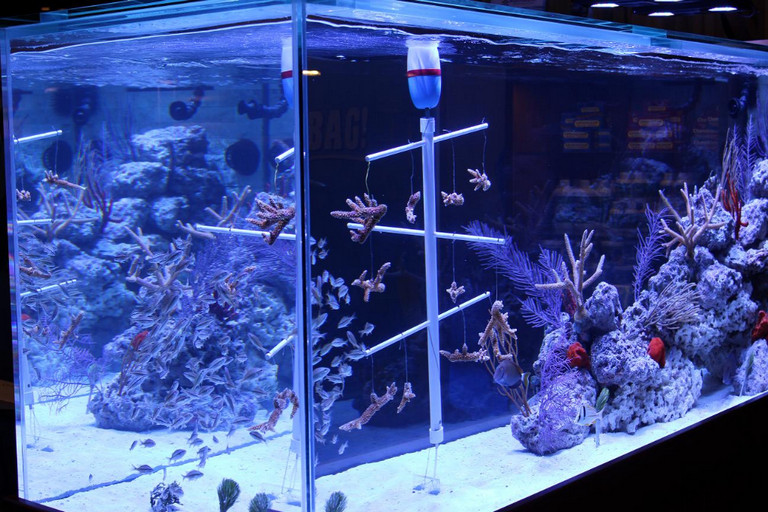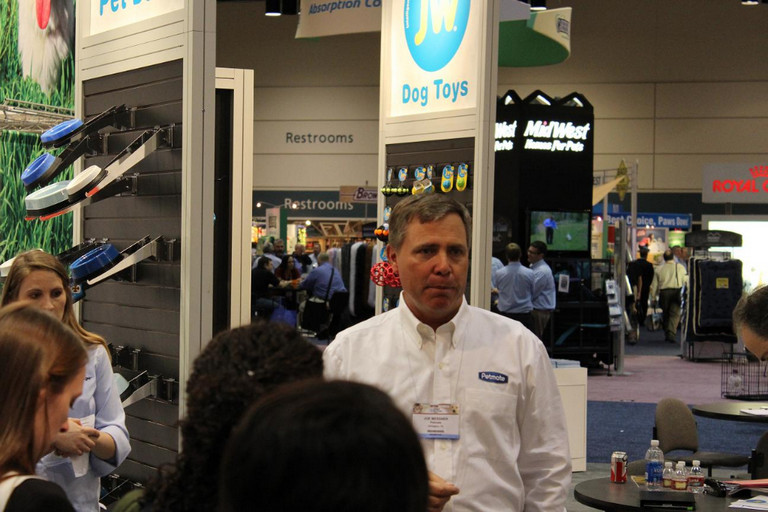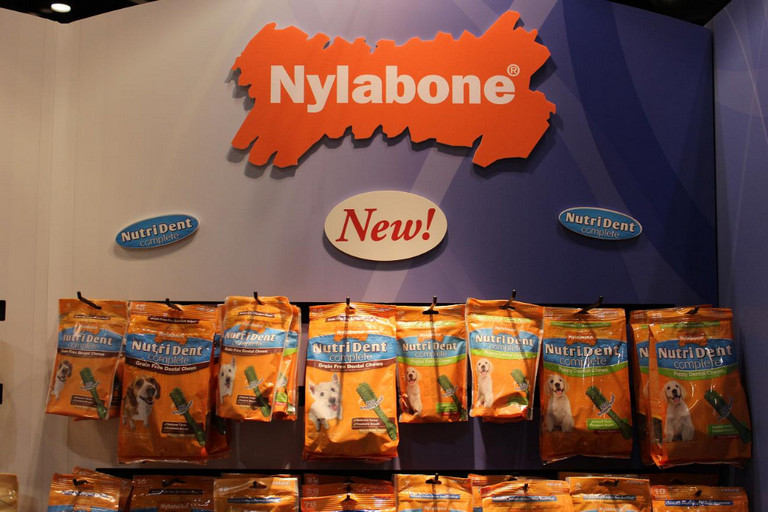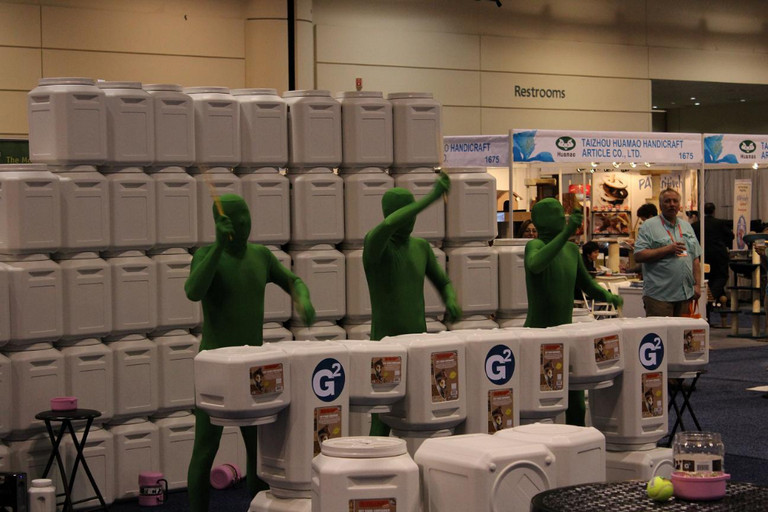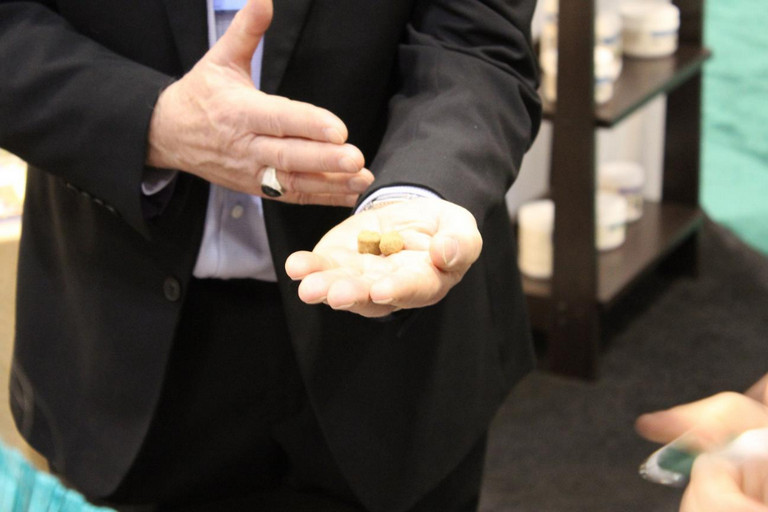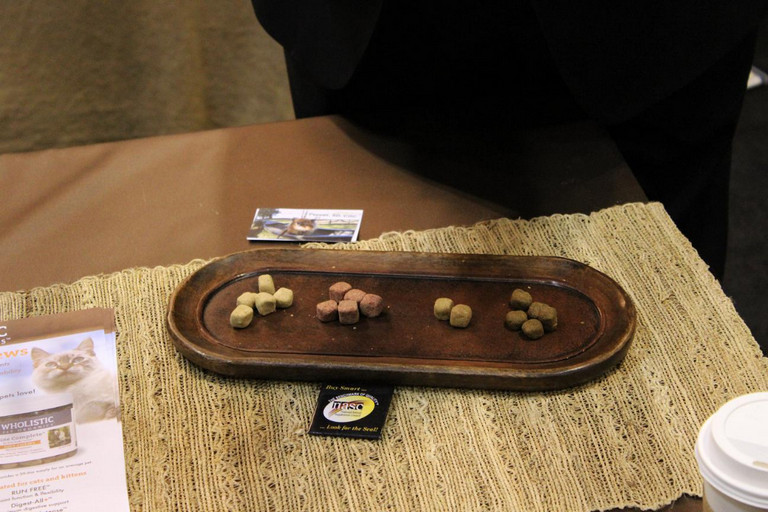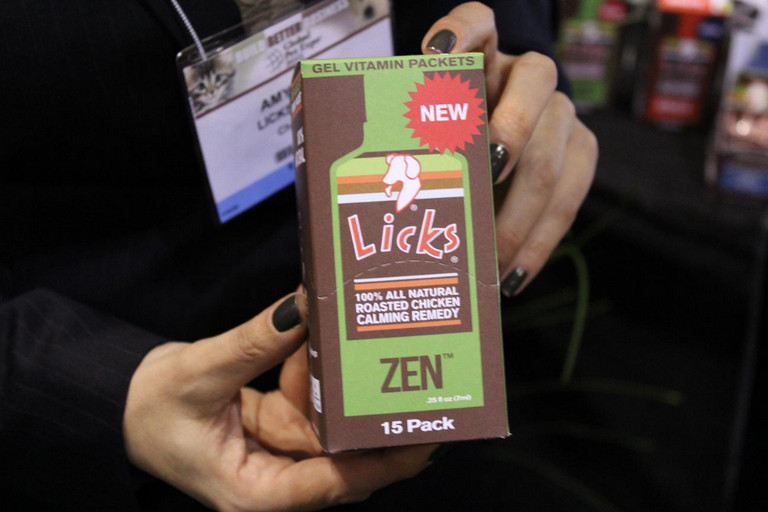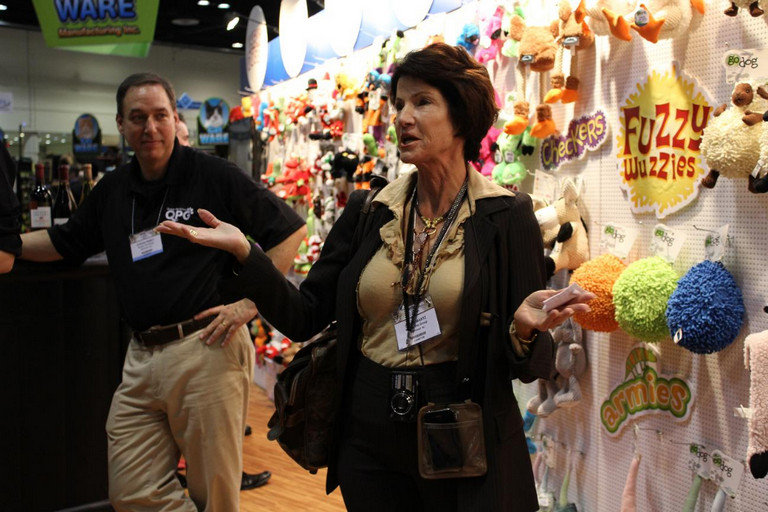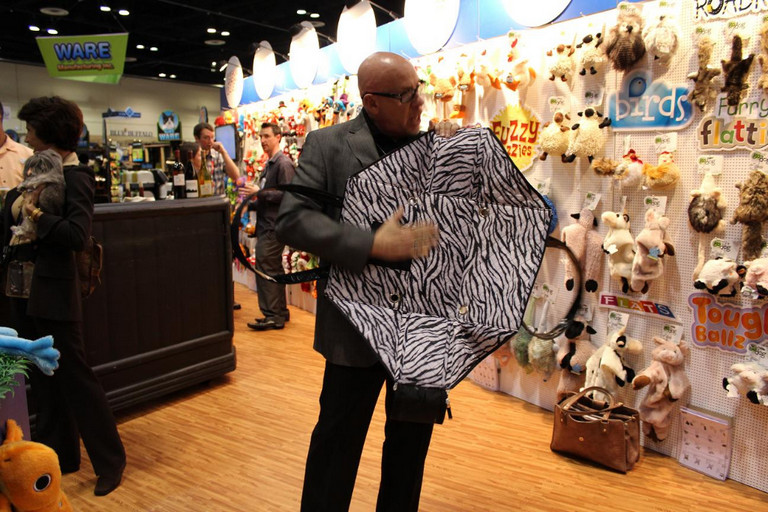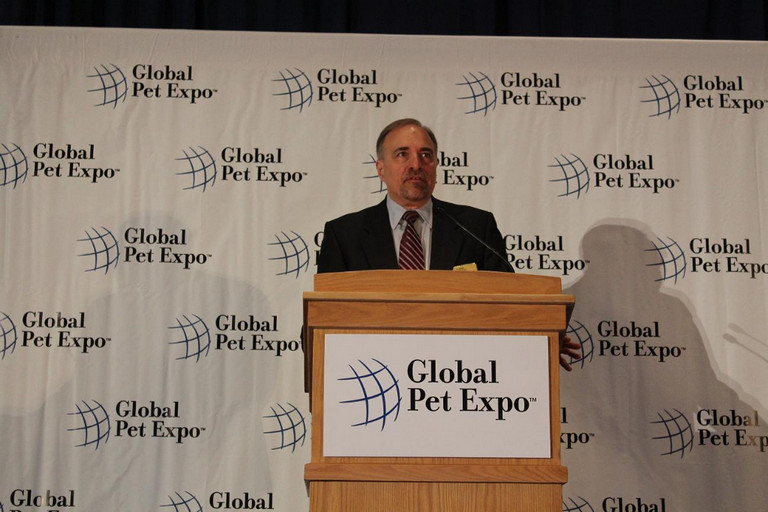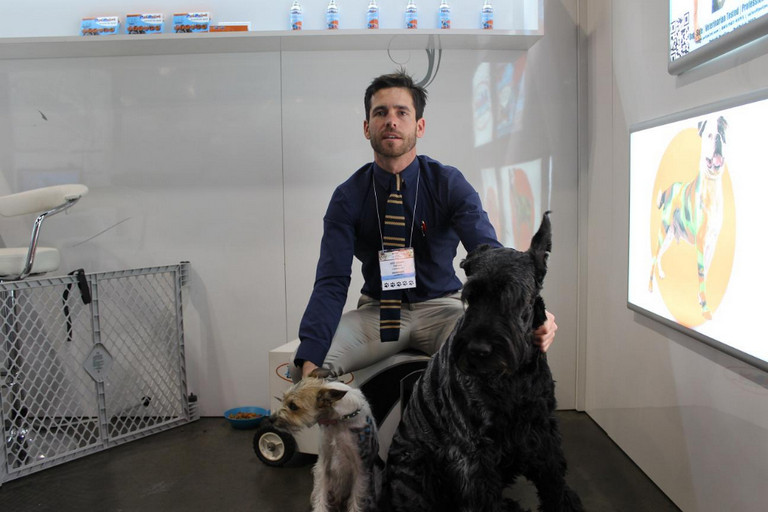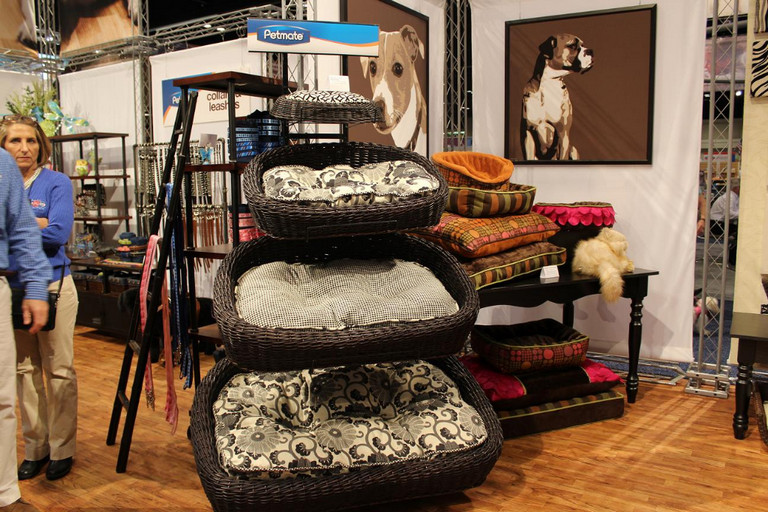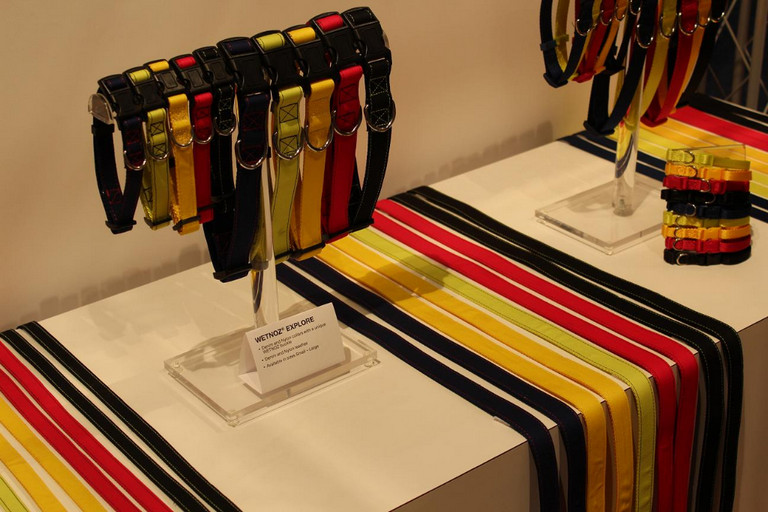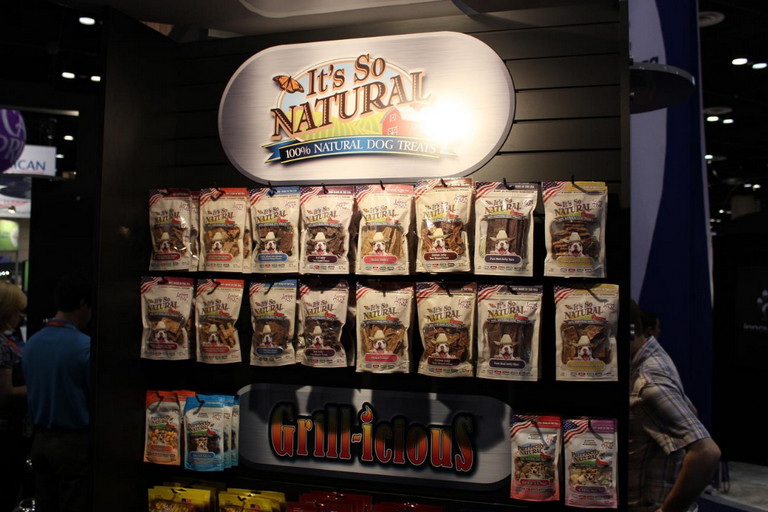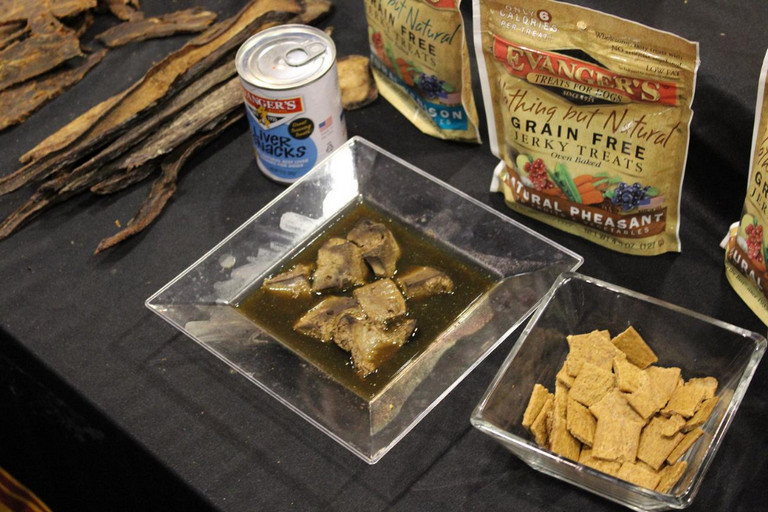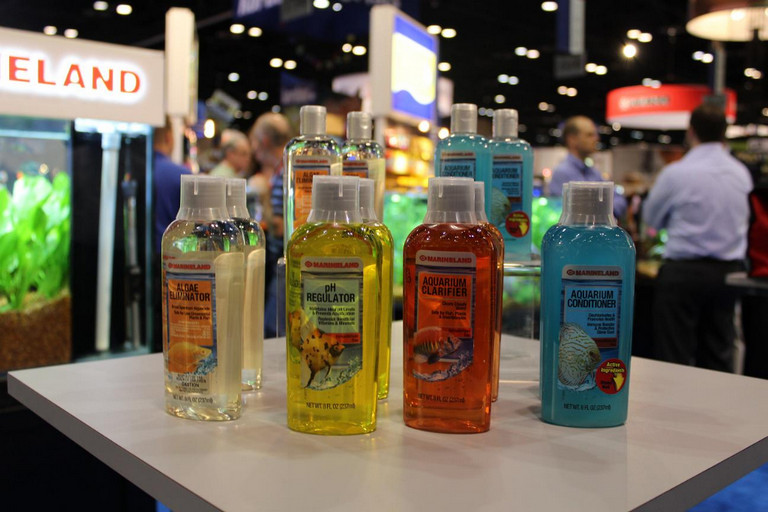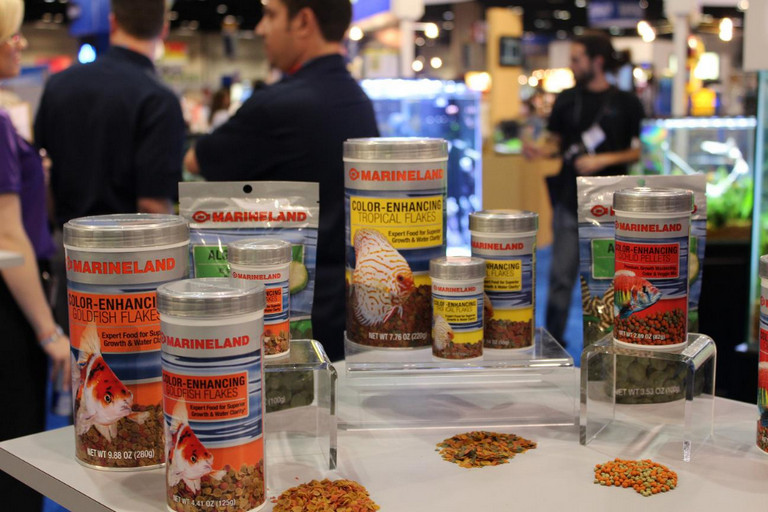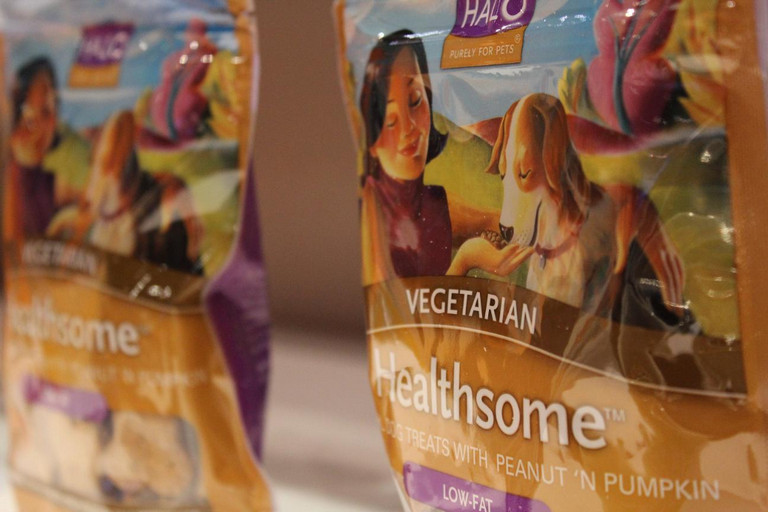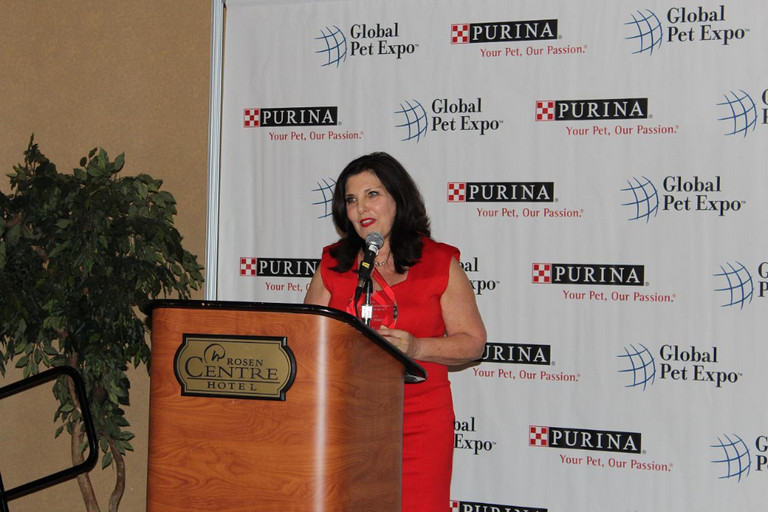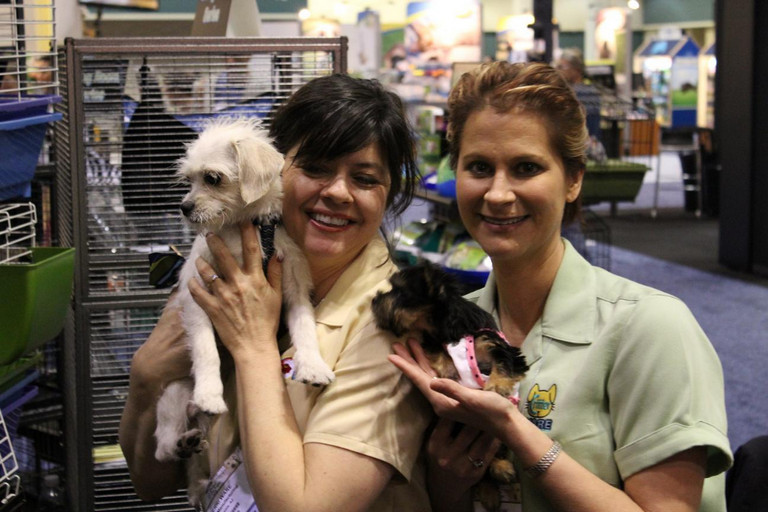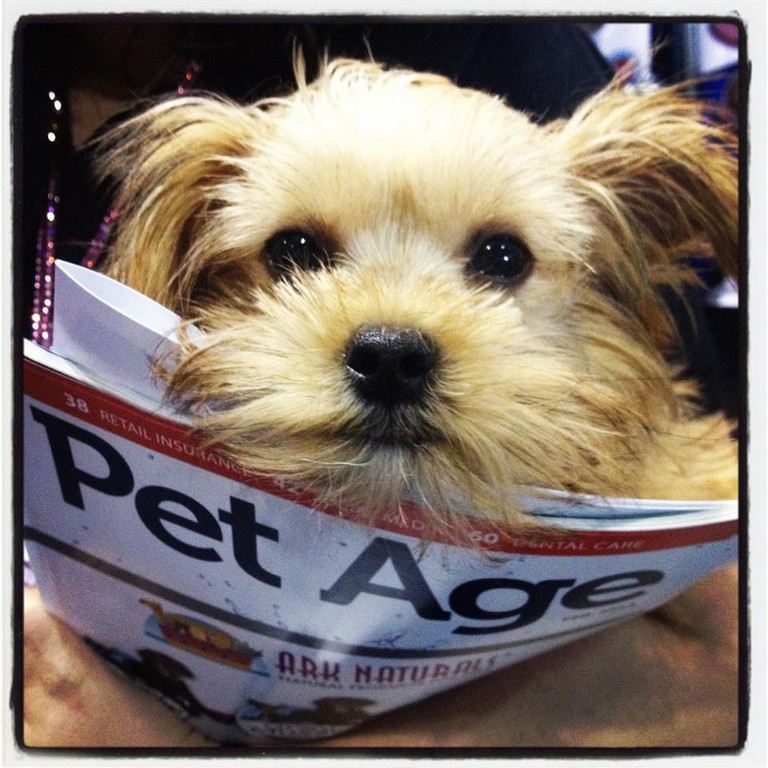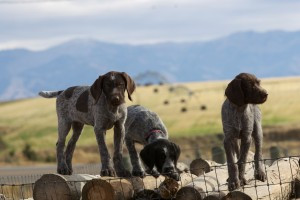When Hurricane Sandy slammed into the East Coast, causing millions of dollars worth of damage, leaving hundreds of thousands without power and disrupting business as usual, many companies across the country took note.
They realized that a natural disaster – whether it is a hurricane like Sandy, a major power outage, earthquake or tornado – could strike at any time, and wreak havoc on their livelihood and that of their employees.
Pet Age talked with retail store owners and insurance agents, as well as first responders and government agencies across the country, to find out what steps could be taken to prepare for it. The word, more than any other, that repeatedly kept coming up was insurance. 
“The biggest thing is most of the problems happen because they didn’t seek professional advice before the situation occurred,” Kevin Alsup, vice president of insurance sales for Foundation Financial Group, said. “Most people get insurance and forget about it. You want to review it once a year to see if it changed and review it. Insurance is very black and white and it’s never grey.”
Alsup said during that review process, retailers need to take themselves through some hypotheticals. “What I would need if my building is destroyed?” “What will I need to help continue, or fix, my business?”
Ask the questions like a storm could happen any second, he said.
“So many people get insurance because they are required to,” Alsup explained. “Franchises may know what they need to carry. You always want to trust a licensed agent and they should know what to do, but they make mistakes though. Make sure you read it right away and not after you have to make a claim.”
Kevin Dougher, vice president of Johnson, Kendall & Johnson, a Pennsylvania-based full-service insurance brokerage and risk management firm, has the same conversation with clients when first talking about insurance.
“The conversation I have with my clients is that I suggest they outline what they would do if I handed them a check for a million dollars for their damaged business,” Dougher said. “If I insure you for that amount and your building isn’t there, what will you do?”
Planning Ahead
One of the first things to have in place is a disaster preparedness plan. It should address and ensure the safety of all employees and live animals in the store.
In addition, it should include policies about shutting down a business in a proper amount of time ahead of a natural disaster when it permits, where employees are expected to gather in an emergency, how animals will be cared for, and how business will be conducted if the location is uninhabitable.
Little things like emergency contact information for employees, important documents and phone numbers, like that of a store’s landlord and insurance agent, as well as how to remotely access files and forward phone calls should all be included in the plan.
After the plan is created, it shouldn’t just sit in an office drawer. Review it from time to time, as well as when new employees are hired. The same should be done with an insurance policy, or any other important records, because things can change.
What a business was worth when it opened might not be what it is presently worth, because of expansion. As a company grows, so do the assets. If its insurance, and other policies, don’t grow with it, it could lead to major issues down the road.
“Keep checking your state of value,” Alsup said. “Some don’t think to increase their insurance policy. Especially if you take over a big area, you want to make sure that new area is covered. Good rule of thumb, if you’re super tight on money, you should spend more on insurance and not less. If you have lots of money you can spend less on insurance since the $5,000 deductible won’t hurt you as much. Don’t roll the dice on there may or may not be a storm.”
Also, have a contingency plan for when you are handed the money from the insurance company. Experts say, once the money is in their hand, businesses have a tendency to sit there and say, “What now?”
Protect the Animals
Mike Canning, president of the Pet Industry Joint Advisory Council, encourages stores owners to be prepared for various types of natural disasters.
“Moving the animals to a safer location or making arrangements for animal care during the storm is always preferred,” Canning said.
When time permits, take enough food, water and medication the animals might need for an extended period of time, because it might be a while before getting back in.
In cases like tornadoes or earthquakes, many times there isn’t much warning, leaving very little time to prepare.
This is why, he says, it’s important to have clear contact information readily available, and understandable, should someone other than the owner or employees need it.
First-Hand Knowledge
Sheila Raebel, the owner of two Dogma Dog Bakery and Boutique stores in Arlington, Va., has been through almost every imaginable disaster that could hit her area — Hurricane Sandy, the “Derecho,” “Snowmegeddon” and an earthquake.
“In July it was really bad for us,” Raebel said, referencing “Derecho,” a widespread, long-lived, straight-line windstorm that is associated with a fast-moving band of severe thunderstorms. “We lost power for the entire week at one store, we lost a lot of merchandise and equipment. My staff was incredible, even though we had no power, the girls pulled tables out to the sidewalk and a calculator and they sold whatever they could.”
After that, Raebel and her staff learned the best way to prepare for a storm and worked together to make sure they were prepared, especially when Hurricane Sandy was expected to hit.
“Smartest thing for us was to unplug everything,” Raebel said. “We learned from experience to unplug major appliances. We assigned specific people with jobs and we figured out what we can do, if we can be open with or without electricity and full power.”
The planning worked out, for the most part.
“We made out really well with Sandy, with all things considered,” Raebel said. “For us, there was a lot of prep work and we came up with a disaster plan ahead of time.”
One insurance rule many business owners don’t know about, she explained, is off premises utility insurance, which for her was a major problem with Hurricane Sandy.
“I couldn’t believe we were not covered for the power line coming down, down the road,” Raebel said. “I am sure there are some insurance agents out there that would think about that, but it’s so obscure. I never thought of it and I doubt many others would.”
After all these incidents, Raebel now has a game plan and different ways to prepare her business for a disaster. She has separate phone and internet providers, just in case one of them is knocked out.
She also has a written down disaster plan that she has shared with the staff.
“Not just for storms but also for any other kind of disaster,” Raebel said. “I have such a great staff that more than one person has access to the store. For me as the owner there needs to be a backup plan. Since I am the owner, and I couldn’t get back there, there needs to be more than one person who can do my job.”
What Happens Next?
After your business is hit by a storm, the first thing to do is contact your insurance company.
“File a claim and call your insurance company,” Alsup said. “An adjuster would come out, to access the damage. From there they would pay it out.”
Whether or not business owners agree with the amount will make a big difference in how fast they get paid from the insurance company. In rare cases a check can get cut in a day, but it can also take weeks, which is why it’s important to regularly contribute to an emergency savings fund.
“Usually you can find a contractor that will start work if you have proof from the insurance company that you will be getting paid,” Alsup said.
\Kelly Huston, assistant secretary of the California Emergency Management Agency, doesn’t deal with insurance, but does help businesses get back on their feet after a disaster.
When preparing, there are three things to consider that will help make the time after a little less hectic.
“Number one, do you know what hazards could affect you,” Huston said. “It’s important to understand the risk you might have so you can prepare for the most likely disasters. Number two, make sure you have proper insurance for your risks. Number three, develop an emergency plan for your business and practice it with your employees.”
Huston said the first thing a business should do after it’s hit is to make sure all employees are safe and accounted for.
“The next step is to implement your plan, whatever it is,” Huston said. “It might be to continue business at another location. It might be to contact your insurance provider. It all depends on the unique situation your business is in.”
In California, and many other places, the emergency services within the state work with the services within the county to determine how severe the damage is and if a governor’s proclamation of emergency is necessary.
In a large scale disaster, FEMA will also become involved and provide federal funding and resources. That can make a big difference in money available.
“The best thing any business can do is start talking about preparedness right now,” Huston said. “Many think their current insurance covers everything and they don’t check to see if there’s gaps or if they actually have the ability to recover fully from a disaster. Taking care of your employees, planning for the worst and practicing through drills or group discussions is critical to quick recovery.”





